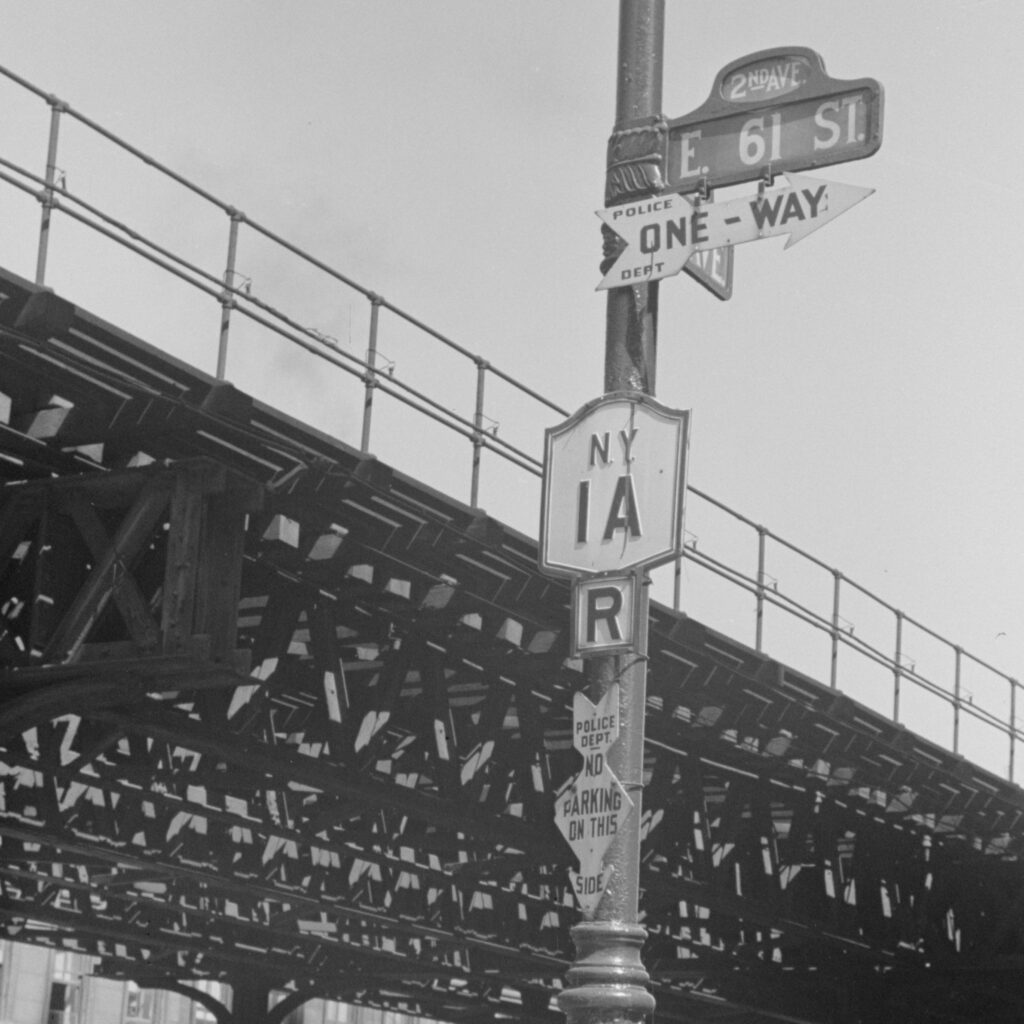
Principals

Marshall Brown
Associate Professor of Architecture
Director, Princeton Urban Imagination Center

Elie R. Bou-Zeid
Professor of Civil and Environmental Engineering
Director, Program in Environmental Engineering and Water Resources

V. Mitch McEwen
Assistant Professor of Architecture
Director, Princeton Black Box Research Group

Szymon Rusinkiewicz
David M. Siegel ’83 Professor in Computer Science

Claire White
Associate Professor of Civil and Environmental Engineering
and the Andlinger Center for Energy and the Environment
Student Researchers

Kaitlin Faherty
M.Arch Post-Professional ’21

Yidian Liu
M.Arch Post-Professional ’21
Research Questions
Governments, corporations, and universities have invested vast resources into the design and development of connected and autonomous vehicles (CAVs), but far less into the design and development of physical urban infrastructure that could leverage them. Developments in machine vision, robotics, material, and manufacturing technologies allow us to ask the question, “What if driverless cars could ‘read’ and respond to patterns, textures, or materials on our roads?”
These advancements could bring quality transportation infrastructure to remote areas and developing countries as we innovate roads built with higher performance and cost-efficiency. In response to this challenge, we are exploring new material possibilities for roadways and parking, along with scenarios for their deployment within urban environments. Our goal is to leverage advances in machine vision, robotics, and material technologies that provide more beautiful and environmentally sound alternatives to our asphalt and concrete landscape.
History tells us that the introduction of these machines will correspond to changes in built environments. If there is a terrain-to-vehicle system of communication, what can the terrain tell the vehicle and what will the vehicle need to know from the terrain?
Contents

What is Pavement?
Roads were not first built for cars. Why has there been so little evolution in road construction for a century? Is there an alternative to the vast impervious landscape of the present? What forms of traffic organization does CAV technology enable? How will we design for these new flows?

What are Stripes?
Road stripes have become so ubiquitous that their absence brings greater awareness than their presence. How can streets be navigated without stripes? Does CAV technology make stripes obsolete?

What is Wayfinding?
How much signage do we still need when navigating the world with GPS? How can a dynamic vehicle to terrain communication system eliminate the visual clutter of road signs everywhere?

What are Barriers?
If a CAV can identify people, animals, and objects, can it also always avoid hitting them? Can CAV technology make “safety by separation” a necessity of the past, allowing streets to be reactivated as civic spaces?
Research images by Kaitlin Faherty.
‘What is Wayfinding?’ Image: Walker Evans, Library of Congress, https://www.loc.gov/item/2017732867/.